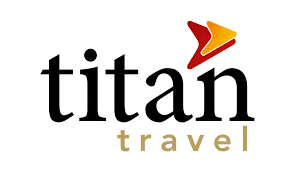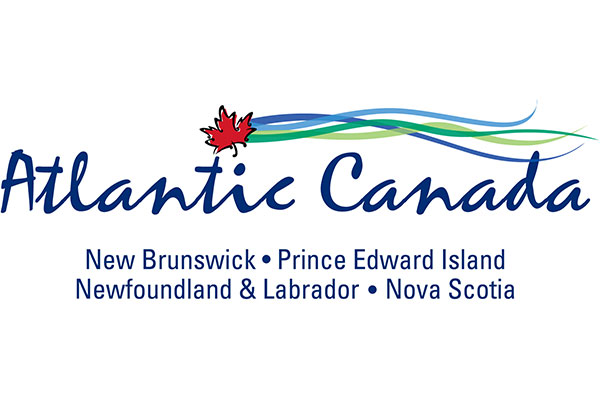Tourism is astonishing

Down on the farm circa 1958
I live in one of the UK’s most popular tourism destinations. When I arrived here years ago business was very seasonal. One of my hotelier friends liked it like that – every year come October he would close up his hotel and get our his model train kit. All the way through the dark days of winter – until Easter – his trains puffed away without so much as a guest to trouble them.
Then came 10,000% increases in property prices and 10,000% tourism arrival increases.
Now – just try to get a room on a November weekend – impossible, it’s choc a bloc. Very successful marketing pushed by financial imperatives have seen to that.
Apparently Sweden’s top tourism destination -the stunningly beautiful island of Oland –is in much the same situation as Bath 1958 – in its own little 60 year-old time warp.
Can you believe a 60-day season in this day and age? No?

Well, here is how it works – a week or so before the summer solstice (June 22nd, the destination opens up for business and a MONTH before the Autumnal Equinox (September 22nd) it closes.
You’d imagine that the last week in August is pretty much top high season. The Mediterranean resorts are still buzzing away frenetically – the South of France is thinking about ratcheting down the pace a little. But in Oland – dead as a dodo.
Sun shining. Vast beaches empty. Attractions closed. Guestworkers gone back to Stockholm or Warsaw or wherever.
What a pity.
One establishment still open and buzzing at the time, though, was Solbergagard – the eco-farm holiday establishment on the island (http://www.solbergagard.se/)
Their guests, like the establishment’s owners (the carbon guru Stefan Gossling and his family) know that sustainability spells long seasons, quality local employment and training, energy management and long term investment, high load factors on the carrying capacity and establishments, and infrastructure used to its very maximum.
Anyway the sight of beautiful countryside and beaches unpolluted by tourists and empty roads to safely cycle and unrushed restaurants and cafes is a true delight – isn’t it? Even if it’s a sustainable anachronism!

So the kids played with the farm animals, collected eggs, swung on rickety old swings and took it in turn to have rides on the ever-forbearing little pony.
The restaurant was closed (it was the end of August after all!) but the farm shop was open, and the smell of organic aromatic pork and lamb sausages drying in the breeze certainly got appetites in training for cooking some of the wonderful home-grown produce for hearty rustic suppers.

And over cooking and eating the meals, the guests – from all over Europe – talked, played cards and board games, argued and made friends
It could have been 1958 – or indeed 1858 when Solbergagard mansion was built. Nothing much had changed.
And maybe that’s as it should be.
No matter that it’s impossible to reach most of the island’s top tourism destinations by public transport, no matter that Sweden’s top tourism destination can’t provide year-round employment for its young people, no matter that local entrepreneurs and SMMEs can’t create livelihoods out of tourism or that there can’t be sufficient tourism revenue to protect the island’s fragile wetland environment.
No matter that the enthusiastic youngsters from the new hotel school who descended on Solbergagard th try out their organic cooking skills – won't be able to get a full-time, well paid job in the local industry when they graduate.
Best to enjoy the peace and harmony of a delightful, natural week at Oland’s Solbergagard while we can – because by 2058, it certainly won’t be possible.
Valere Tjolle
Valere is editor of the Sustainable Tourism Report Suite 2011 Special Offers HERE
 United Kingdom
United Kingdom United States
United States Asia Pacific
Asia Pacific












































Dozens fall ill in P&O Cruises ship outbreak
Turkish Airlines flight in emergency landing after pilot dies
Boy falls to death on cruise ship
Unexpected wave rocks cruise ship
Woman dies after going overboard in English Channel